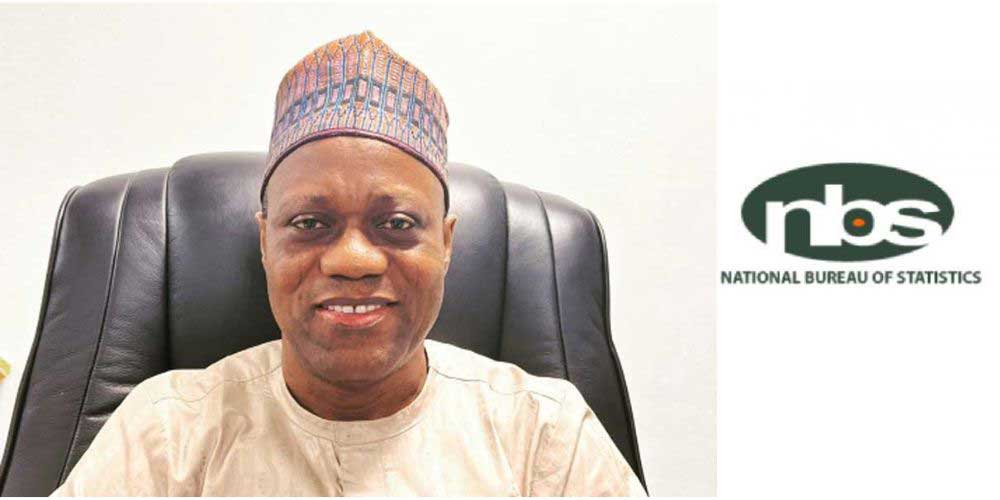Some Nigerian economists are not convinced with the latest unemployment data released by the National Bureau of Statistics, especially the part which said unemployment has reduced drastically to 4.1 per cent in the first quarter of 2023 from 33.3 per cent in the fourth quarter of 2020.
They argued that it is difficult to get the real picture of Nigeria’s unemployment situation with the International Labour Organisation’s (ILO) methodology.
Advertisement
“Unemployment stood at 5.3 per cent in Q4 2022 and 4.1 per cent in Q1 2023. This aligns with the rates in other developing countries where work, even if only for a few hours and in low-productivity jobs, is essential to make ends meet, particularly in the absence of any social protection for the unemployed,” the NBS said on Thursday.
Muda Yusuf, the Chief Executive Officer of the Centre for the Promotion of Public Enterprises said the NBS needs to review the methodology adopted for the report.
Yusuf said in response to THE WHISTLER, “It is difficult to accept the recently released unemployment report by the NBS.
“The methodology needs to be reviewed to reflect our realities. 4.1 per cent unemployment rate in this part of the world is as good as full employment. Empirical evidence abounds of many young people, especially the educated ones, who practically have nothing to do.
Advertisement
“It is true that there are several others who are engaged in different activities to make a living. There are also millions engaged in the informal sector. But one-hour engagement per week would definitely not pass for being an employed person.
“The essence of employment is to make a living. It is extremely difficult to find jobs in which an hour engagement a week would be sufficient to make a living, even in the most elementary form.”
Paul Alaje, a Senior Partner at SPM Professional Ltd said the methodology adopted by the NBS does not reflect the Nigerian situation.
Alaje said on Arise TV, “It will really be very hard to convince people. Look at Niger Republic, their unemployment figure is lower than Nigeria but when the military junta took over the country, one of the reasons that gave was that actual unemployment figures were very high. Poverty is high in the country and the economy is also very tough.
“When you look at the Niger Bureau of Statistics, what they have on paper is completely different. In economics, once your unemployment rate is between 3 per cent to 5 per cent, you are said to have natural unemployment, comfortable or you don’t even have unemployment. You can speak to any professor of economics. The question on the mind of every Nigerian and expert is with the situation we are in now, are you saying that 4.1 per cent unemployment means all is well? If the answer is ‘no’, does that mean we are just following the directive or guideline of the ILO?
Advertisement
“We have adjusted the (methodology such) that when you work beyond 59 minutes in a week, you are also said to be part of the labour force or employed.”
Peter Esele, former president of the Petroleum and Natural Gas Senior Staff Association of Nigeria (PENGASSAN) argued in an interview on Arise TV that, “What the NBS has done is to pick the ILO methodology and you can’t also fault it based on the way it is on paper because it is an international standard and it is accepted.
“But does it reflect where we are as a country? My answer is no. Our unemployment rate is never 4.1 per cent. If you have an unemployment rate of 4.1 per cent, what happens is that those looking for work now have the opportunity to determine what they will be paid.”



